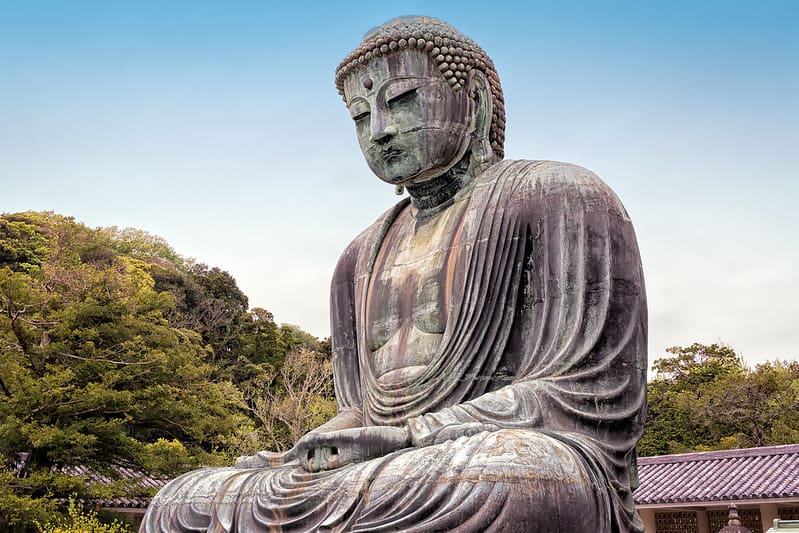
The synergy of meditation and psychedelics
|
“Right above me, […] there was a gigantic mass of luminous consciousness (…). A sea of pure consciousness, nothing but consciousness, (…) I felt as if a magnet attracted me very quickly towards the mass of luminous consciousness that I immediately recognized as God. Then I realized that ‘it’… was actually me! I was like a droplet of that gigantic mass of consciousness but in reality, I was also that huge consciousness, the luminous consciousness. I, now free from the illusion, returned to where I have always belonged: to the huge Ocean of Luminous Consciousness whom we call God. I saw myself, I felt myself, I existed as and I knew myself to be God.” (1)
This extraordinary quote is an example of a mystical experience during meditation practice. Mystical experiences have played a role in contemplative practices like prayer and meditation and have shown the potential to be highly beneficial in many ways for both clinical and healthy populations.2 Such experiences can be found outside of contemplative practices as well, with increasing evidence that they can also be evoked by classic serotonergic psychedelics such as psilocybin, LSD, mescaline, and DMT.
On the experiential level, the mystical experiences from contemplative practices and psychedelic use are strikingly similar. Such experiences often have the qualities of being: brief and difficult (or impossible) to adequately describe with language, overwhelming, and involving a noetic quality (i.e., they feel very real), and an altered sense of space and time (3, 4). Furthermore, self-transcendent experiences are often highly valued by those having them. For example, Griffiths et al. gave one dose of psilocybin to healthy adults, and two-thirds of the sample described it as one of, if not the single most meaningful and spiritually significant experience of their life, in line with experiences such as the birth of a child or a marriage (2). But how can an experience elicited by a drug in your brain have such life-changing effects equivalent to those achieved by long-term meditators and mystics after many years of practice? (3) Crucially, psychedelics have the capacity to lead to “ego-dissolution”, triggering these states consistently when taken at high doses (5, 6). This relates strongly to spirituality, given the definition of spirituality as “the capacity for self-transcendence, with the goal of finding meaning, awareness, purpose and connection”.7 And research suggests that meditation practice affects the processes that create the sense of self, leading to a shift in our perspective described as “detachment from identification with a static sense of self” (8-11).
The suggested mechanisms of meditation practice and psychedelics both entail a weakening of the identification with the sense of self, but it is important to realize that there is a whole range of self-transcendent states of consciousness and that it is too complex to reduce it to one single concept of self-transcendence (6). Now a question for you, the dear reader who has made it to this sentence: What could be more important than cultivating these states of consciousness in times of unprecedented suffering through wars, climate change, growing inequality in the current hyper-capitalism, xenophobia, etc., potentiated by a rigid identification with the self and the incapacity to transcend it and act for the betterment of others? (12,13) I believe that the implications of spreading these interventions in society in a safe and educated way and investigating how they can help humanity flourish are hard to grasp for us. Knowing the potential for both psychedelics and meditation practice to cultivate human flourishing and about the similar mechanism comes with more questions: Is there possibly a synergy that we can make use of for future combined interventions? Some research has shown that both applications can enhance each other (14). A dose of psilocybin seems to increase meditation depth and post-experience mindfulness, and the other way around meditation practice seems to be a great preparation for psychedelic experiences by helping to deal with difficult emotions that might come up during the experience. The potential benefits of meditation on psychedelic experiences is further demonstrated in a study by Smigielski et al. (15), which examined the use of psilocybin in Zen practitioners. The experiences of the participants in this study were the subject of the documentary “Descending the Mountain”.
If this issue has caught your interest, I invite you to join me and the Psychedelic Society Groningen for a screening of “Descending the Mountain” followed by a discussion and Q&A with Associate Professor Brian Ostafin, Zen teacher Simon Senko de Boer, and the director of the documentary Maartje Nevejan on the 30th of April at 19:30 at RKZ Bios: https://shop.eventix.io/d41d6b85-d22b-11ed-94ba-6a57c78572ab/tickets?shop_code=2twfbnx8 For further directions, I also recommend reading the Mindwise blog about a debate on the topic of psychedelics: https://mindwise-groningen.nl/psychedelics-trip-or-treatment/
“A society is good to the extent that it renders contemplation possible for its members.” -(Aldous Huxley, The Perennial Philosophy) REFERENCES
Image credit: . Ray in Manila (CC BY 2.0)
|



